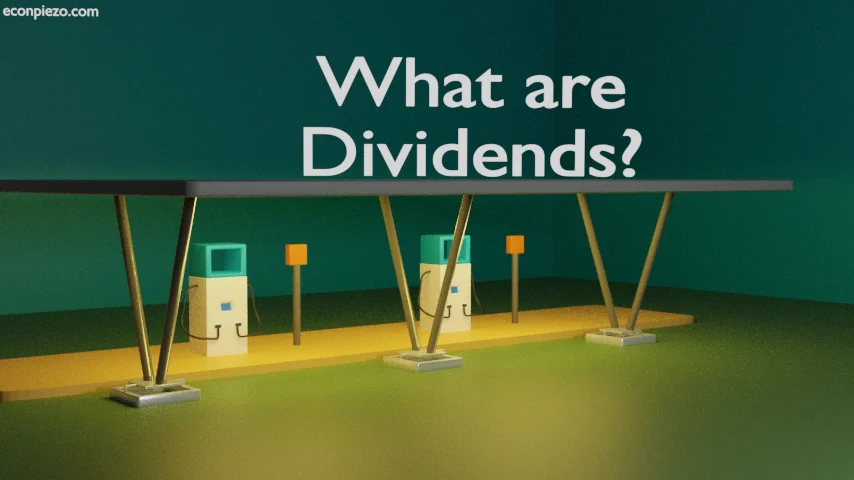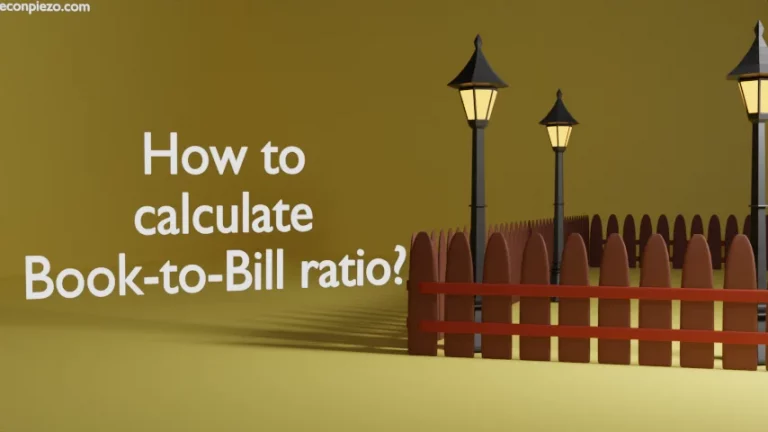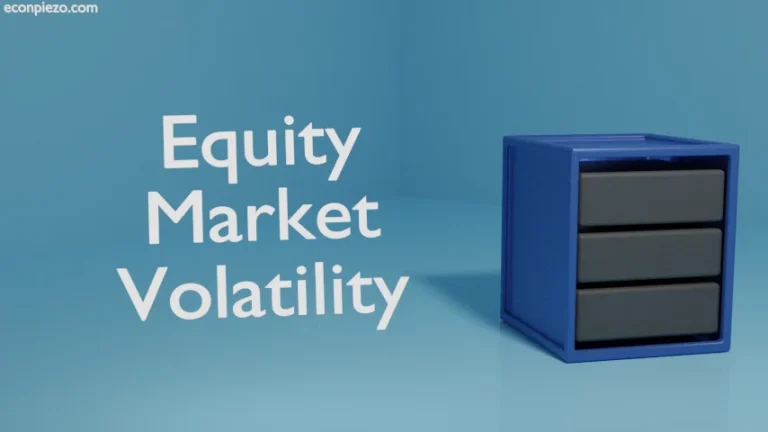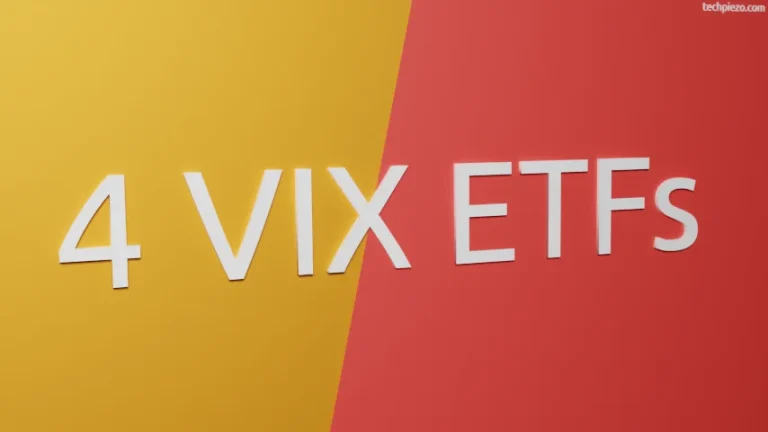A company can earn through various revenue streams. Some of its earnings (or, profit) are retained while the rest is distributed to its shareholders and owners as a dividend. Cash dividends are paid to shareholders periodically. In some cases, the company’s board of directors may choose to go with stock dividends.
Stock dividends are paid when the company chooses to pay additional shares to its shareholders instead of cash. It indicates that the company has preferred to reinvest the cash it has earned. The number of additional shares that shareholders receive depends on the number of shares they already hold. For instance, if the company issues a stock dividend of 10% then for every 100 shares it would credit 10 additional shares to shareholders. In the case of stock dividends, the investors don’t have to pay taxes until they sell their stocks.
The amount that the company pays as dividends from its earnings forms the basis of the Dividend Payout Ratio.
Dividend Payout Ratio = Annual Dividend Payments / Annual Earnings
There is no ideal Dividend Payout Ratio, it all comes down to the industry a company is a part of, its financials, etc. If the financials of a company are not great then it would choose to pay less to its shareholders. Companies that have too low or too high Dividend Payout Ratio should be analyzed carefully. A higher Dividend Payout Ratio could mean the company has lesser earnings left to expand its business. On the other hand, an investor must check why the Dividend Payout Ratio is too low if the extra cash stays idle or is being reinvested to expand the business. Most companies would prefer to keep Dividend Payout Ratio stable.
To receive a Dividend the investors must be on the company’s books as shareholders on a record date. The record date is set by the company’s board of directors. And, those who were shareholders on the record date would receive the Dividend. The stock trades ex-dividend the next trading day. It reflects in the dividend-adjusted stock prices. That means all those who purchase shares the next working day won’t get the dividend so the prices get adjusted. Then, the dividend is issued to the shareholders on a specific payment date.
Generally, Dividends are declared on the day company issues its financial statements for the quarter.
Those stocks that pay dividends help you build wealth. As the stock price increase so does the Dividend payout. Apart from that, investing the dividend back in stocks is a good strategy, especially during the bear phase of the market. That way we would own a greater number of shares and which in turn would generate more dividend income.
Stock prices fluctuate and when they fall, those stocks that pay attractive dividends tend to fall less. Investors can’t rely on growth stocks when the business cycle turns. If they want both lower volatility and a steady source of income then they have to consider stocks that pay dividends. In general, such stocks tend to perform better in both bull as well as bear phases of the market.






